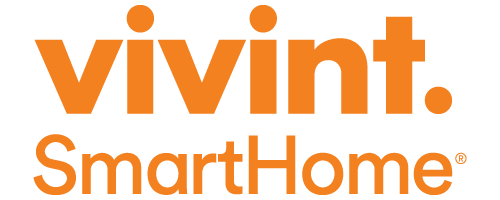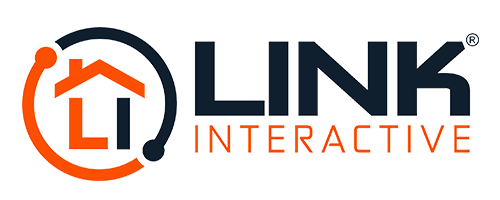Heating & Cooling Control with Home Automation
Controlling the heating and cooling factors of a home improves its energy efficiency by capitalizing on its insulation’s weak points and utilizing its strengths.
Depending on the margin between your needs and home’s current insulation properties, a combination of or all the components mentioned below need to be mentioned.
A reliable home automation system:
- can improve your home’s insulation or make up for a poor one if a motor is running your blinds, awnings, shutters, curtains, and windows.
- use your air conditioners and heaters only when you need them to maintain a comfortable indoor climate.
Why It's Necessary for Energy Efficiency

The purpose of making your home efficient is to cut down on energy bills and wasteful expenditure. This is done by harnessing as much control as you possibly can over the heating and cooling units and other influential components to maintain consistency in comfortable indoor climate and achieve at least a 15% decline in energy costs. Why waste money on heating the basement or a room that rarely gets used?
How It Works

Using the natural heating and cooling elements of the sun and the air outside, you can utilize your home’s natural insulation to its fullest with automated systems. So long as you have a thermostat measuring the temperature of your home, you can preset the system to automatically execute your initial input based on the current home’s temperature, achieving thermal comfort.
Example: If the home is too cold and the sun is still out, the hardware would respond by processing all the information and control the awnings to recede, shutters to roll up, smart glass to turn from opaque to transparent, and admit sunlight into the home to trap more heat.
The methods of using natural heating and natural cooling are called, 'passive heating' and 'passive cooling', respectively.
Using your thermostat, you can allow the air conditioners and heaters to automatically turn themselves on and off when the indoor temperature has fallen too low or risen too high from what you decide to be a comfortable medium.
Equipment Needed for Passive Heating & Cooling

Sensors: These are thermostats with light sensing capabilities that transmit data to all the integrated smart components in the system for when it’s time to make a change.
Motorized Blinds, Shutters, Curtains, & Awnings: How you insulate your home from sunlight gives you a measure of control over indoor temperature. The role of these motorized components is to operate accordingly when the home is too warm or cold.
Smart Air Conditioners & Heaters: Smart AC units can humidify, fan, or actively cool a home whenever it becomes too stuffy or hot. Conversely, heaters will respond and start warming up the indoor temperature when natural insulation is momentarily not enough.
Smart Glass: Smart glass makes your home that much more energy efficient because of its effectivity in blocking excess sunlight and harmful UV rays. The glass turns from opaque to transparent and back depending on the light transmission needs of your home.
Control Unit (App): Using one of the home automation apps on the market, you can program the system to behave differently in certain situations, or override the system to make a temporary command for just this moment.
Smart Meters: The tracking of electricity, water, and gas consumption is made easy with smart meters. They allow you to monitor the home’s energy input and output levels to figure out what you’re doing wrong, adjust, and achieve optimal levels of energy efficiency.







